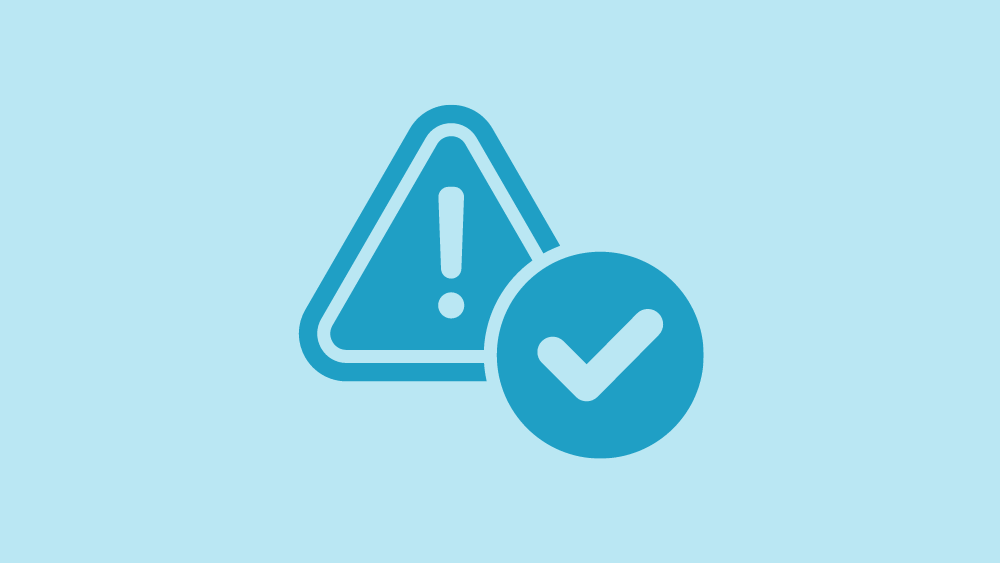Crisis in the SaaS Market: An Overview and Possible Solutions
An overview of the crisis that is sweeping the SaaS market and how you can mitigate the damage and even benefit from it.

The SaaS market had its heyday in the last 15 years, it grew amid tax incentives and an abundance of money and cheap credit promoted by the low-interest rates of central banks around the planet, sometimes even negative interest rates.
However, it seems that this boom has come to an end. It has already become part of our daily lives to open a news website and read a news article about the dismissal of hundreds of thousands of employees by some large companies in the technology sector. It also became common to see that all big techs left the momentary and select group of companies worth 2 trillion dollars.
There is not just one reason why this whole scenario is happening, the variables simultaneously play different roles in the construction of this crisis that is not unique and exclusive to the SaaS market, but to all existing markets in the world.
Understanding crisis
Despite the SaaS market has already gone through a crisis, the famous subprime crisis in 2008, this one is quite different. Here, the source of the crisis is not the financial market, it comes from the material wealth of the highly globalized planet.
With the covid-19 pandemic in 2020, all technology areas gained a boost, reaching incredible amounts of money and an increase in demand for SaaS services never seen before as a result of the new needs that the world's population generated. Businesses like ZOOM or NETFLIX saw their revenues rise and the number of subscribers explodes, the entire gaming industry broke revenue records and the home office put pressure on semiconductor production. And with this pressure came the first factor of the crisis: the impossibility of meeting the demand for hardware technology.

Shortage of semi-conductors
Producing semiconductors is not an easy task, just to give you an idea, a simple SoC from a mid-range smartphone goes through a process with more than 700 steps to be produced. A factory to increase production and meet demand costs a few billion dollars and takes an average of 2 to 3 years to be fully built, making it difficult to increase production to prevent shortages of what is considered the most traded "commodity" in the world.
Sales of laptops, smartphones, tablets, and cars exploded, leading to price increases and often the impossibility of selling certain products, but this increase had a cost for SaaS companies that goes far beyond the production price: the ceiling of the market.
“Market Ceiling”
The digital transition, be it the transition from face-to-face work to the home office, be it an increase in access to digital entertainment, was accelerated, and what was supposed to happen in 5 or 10 years, happened in less than 2 years. This acceleration also helped the entire SaaS market to get customers who would only adhere to their products 10 years from now to join now, reaching a “market cap”, simply put, there are not many more new users to expand their business and portfolio of customers.
The growth of people using new digital technologies and entering the non-physical world from now on will be slow, breaking with the sector's strategy of spending without limits to expand to the maximum number of users possible, since the number of users has already been exhausted. When there's nowhere else to expand, the well-known solution to increase revenue and profit is well-known: inflation.
The “Anti-inflationary” sector is raising prices
The SaaS business model is part of a market that since its inception has been known to be the first large market to be “anti-inflationary”, the reason for this fame is the fact that the increase in consumers who use their services little increases the cost of maintaining machines. Whether 10,000 users use your product or 1 million, the maintenance cost increases slightly while revenues increase rapidly, allowing companies not to pass on this simple increase in expenses to the final consumer.
However, with the market cap in sight, and a perspective of low growth in the number of possible new consumers for the next few years, the big techs have already increased the values of the services they provide to increase their revenues. In the physical world, it is popularly known as inflation.

Digital is the first to be cut.
It is worth mentioning that the SaaS market is part of another market, digital. For real-world consumers, the priorities will always be basic needs: food, transportation, health, shelter, and saving money. What is considered entertainment or an expendable resource to perform certain tasks will be the first consumer spending cut, and for most people, digital products and services fall into this category.
The inflation of physical products that are considered basic needs is putting pressure on spending cuts and creating that old feeling of other generations of saving as much money as possible because tomorrow could be worse than today, and prevention is essential.
It seems that we have already entered into a lifestyle, that the digital world that has the same value as the physical world, but it is just a perception, this scenario is not yet reflected in the data numbers we have, and the crisis in this market itself is proof of that.
And what about the future?
The whole scenario is moving towards an increasingly smaller and slower growth of the market as a whole, the global crisis that encompasses all markets, the increase in credit, and the cut in consumer spending further diminish a projection of improvement in this scenario, mainly for the big techs.
However, only for big techs. Any other SaaS product that is in its early stages of life or is still small in the face of the consumer market can still grow and consolidate, as these small businesses are extremely far from the market cap that Youtube, Facebook or Amazon have already found.
What to do?
Let's discuss some possible solutions to try to ease or limit your SaaS business' entry into the crisis.

Crises generate innovation
In all the financial crises we've been through, there's a pattern that has never changed: companies that are more of the same end up being swallowed up by the bigger ones, and new ventures thrive by bringing innovations never thought of before that improve people's quality of life and are highly remunerated for that.
Any great technology that has revolutionized our lifestyle was born in economic crises, in the last one, the subprime crisis, we had the creation and rise of the SaaS market with the innovation created by companies like Uber, Spotify, and Netflix, among others. Being afraid and fearful generates an excess of caution that may be the factor that will bankrupt your business, think about innovating, and bringing more convenience, ease, and quality of life for people.
Innovation is the engine that generates wealth and keeps large companies at their peak today always, rethink your product, your marketing, your objectives, and the way you and your company intend to improve and change people's lives.
The value of a product is defined by the consumer and not by the production cost.
The cost to produce and maintain a SaaS like Facebook or any game in the GTA franchise is infinitely lower than the profit made over the years, GTA5 is a great example, since it cost less than 250 million dollars to produce and distributed, and has profited more than 6 billion over the past few years.
If you are not able to increase your buyer base, rethink how you are adding value to your users, they don't pay a monthly fee or an annual plan at a certain amount because your company set a price and that's it, they pay because they are consumers who can actually price a product or service.
Marketing isn't just about reaching more users, it's about creating a perception that your product is worth a lot. There are several ways to achieve this, here on the Changelofy blog you can read the following articles that explain in detail how to build this strategy:
How to Create a Buyer Persona for Your Brand
Increase your Business with Social Commerce Sales
How to create a powerful brand identity

